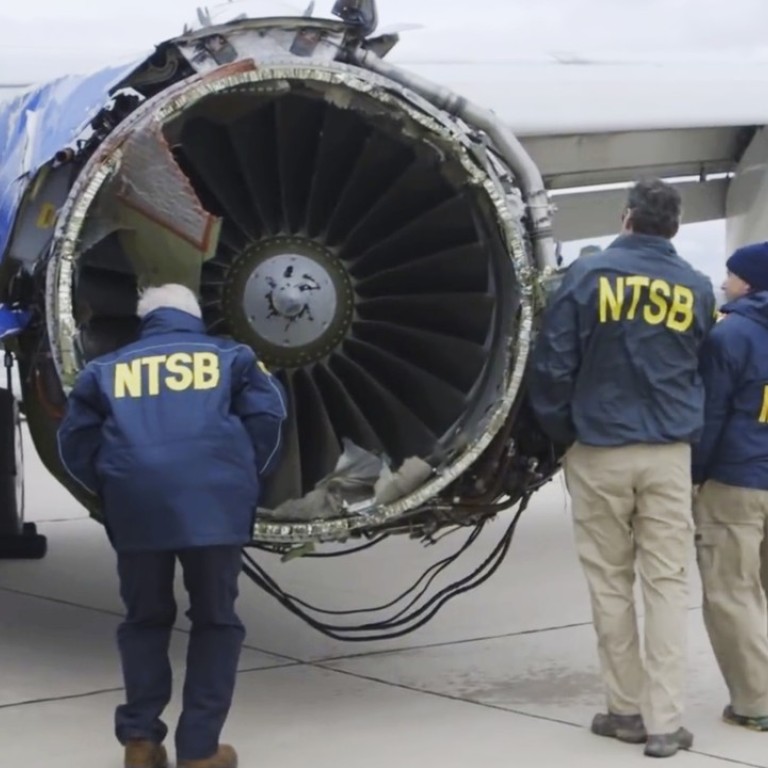
FAA orders emergency engine checks after Southwest fatality
About 680 engines on planes worldwide will need to be checked over the next few weeks
US aviation regulators have ordered emergency inspections of one of the world’s most popular jet engines after the fatal accident this week on a Southwest Airlines plane.
The Federal Aviation Administration order covers an estimated 352 CFM International engines in the US that have made at least 30,000 flights, the agency said in a statement on Friday. The emergency order is effective immediately and inspections must be completed within 20 days.
The European Aviation Safety Agency is adopting similar requirements, said a person familiar with the matter. Regulators in other countries generally follow the FAA’s lead.
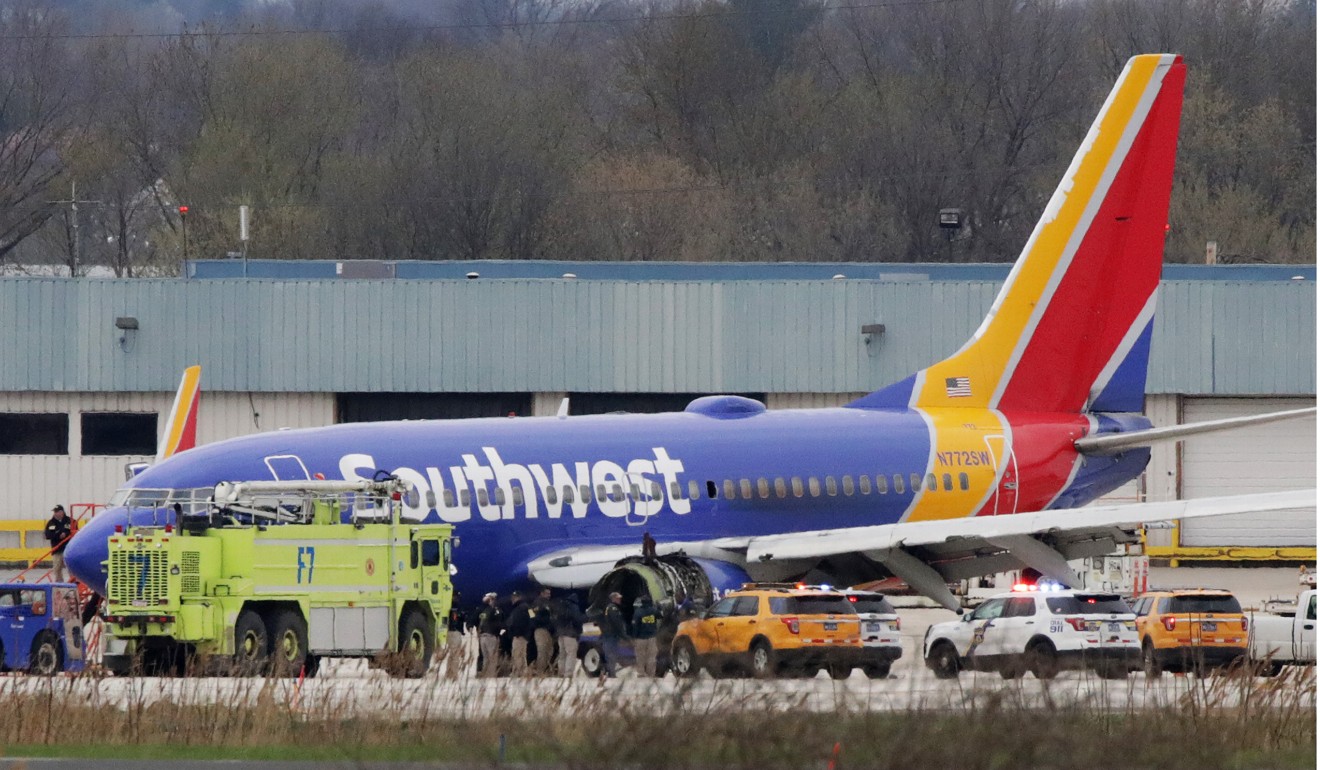
The FAA order adds to the scrutiny of the CFM56-7B, the type of engine that blew up on Southwest Flight 1380 on Tuesday. Investigators say a fan blade broke off in flight, triggering a chain of events that shattered a window on the Boeing 737-700.
A passenger, Jennifer Riordan, who was a vice-president at Wells Fargo in New Mexico, was killed after being partly sucked out of the opening. The plane, en route to Dallas from New York, made an emergency landing in Philadelphia.
The airline has sent passengers apology letters and cheques for US$5,000 “to cover any of [their] immediate financial needs”.
The FAA said it ordered the accelerated inspections in what is known as an airworthiness directive because metal fatigue in a fan blade “is likely to exist or develop in other products of the same design”.
Southwest’s existing engine maintenance programme “meets or exceeds” all requirements in the new directive, the airline said on Friday.
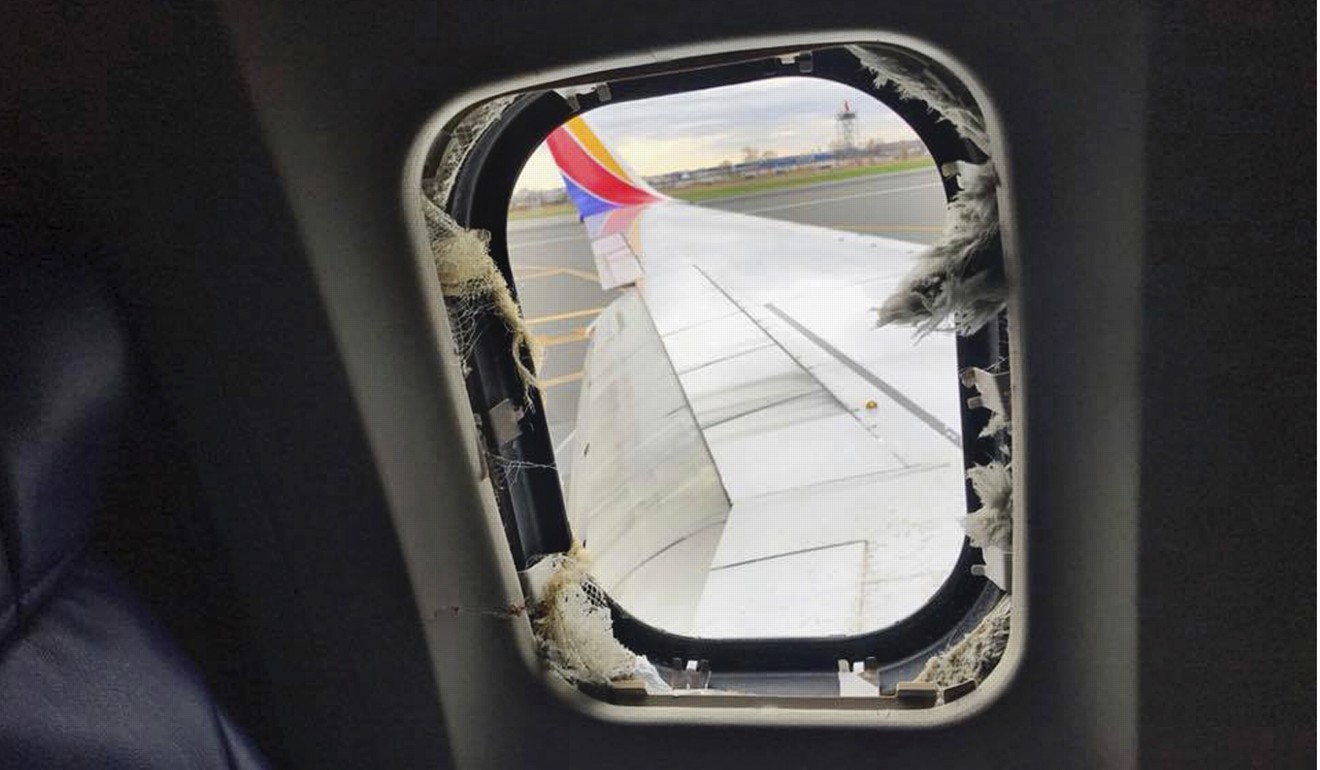
Engine maker CFM, a joint venture between General Electric and Safran, issued a service bulletin recommending stepped-up checks because the fan blades on the engine that failed on Tuesday would not have been covered for immediate inspections under the previous standards.
Once the inspections are completed, CFM recommended to repeat the process every 3,000 cycles – about two years in airline service – but the FAA did not require such a measure.
CFM also recommended that fan blades with more than 20,000 cycles be inspected by the end of August – affecting an additional 2,500 engines.
The order would have required an inspection on the engine that failed on Tuesday, said the person familiar with the action, who wasn’t authorised to speak about it. CFM had previously recommended airlines first inspect engines with 15,000 flights or more, but the engine involved in Tuesday’s failure only had 10,000 since its last overhaul and would not have immediately been checked.
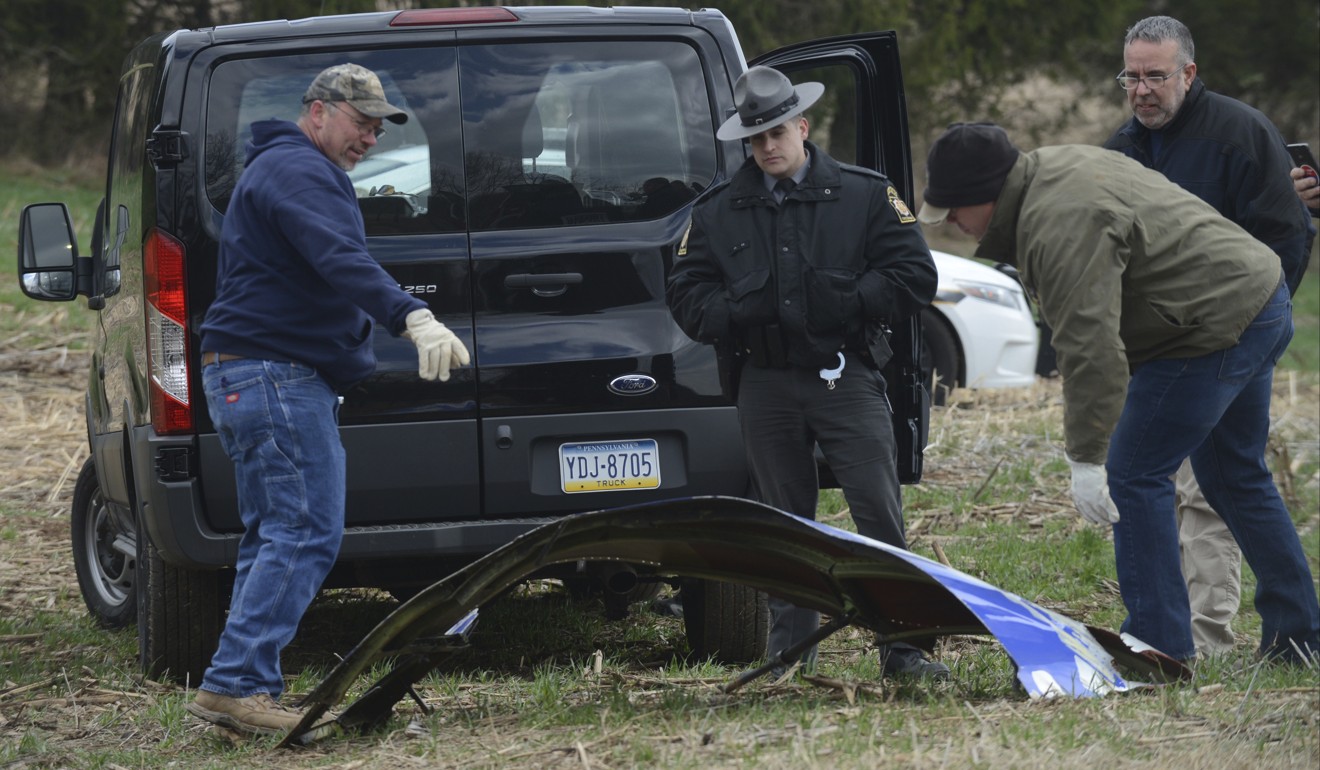
The incident raised a number of questions because jet engines are certified to be able to withstand a broken fan blade without causing major damage.
The manufacturer had issued two service bulletins last year calling for additional inspections of fan blades on the CFM56-7B engines following a similar episode in 2016 on another Southwest plane.
In the earlier case, a fan blade fractured and broke loose, bouncing in front of the engine’s protective cover and then striking the plane, causing it to lose pressure. The plane made an emergency landing and no one was injured.
The FAA last August notified carriers it was prepared to require inspections based on CFM’s service bulletins, but had not finalised those inspections. The agency announced on Wednesday it would issue those orders within weeks.
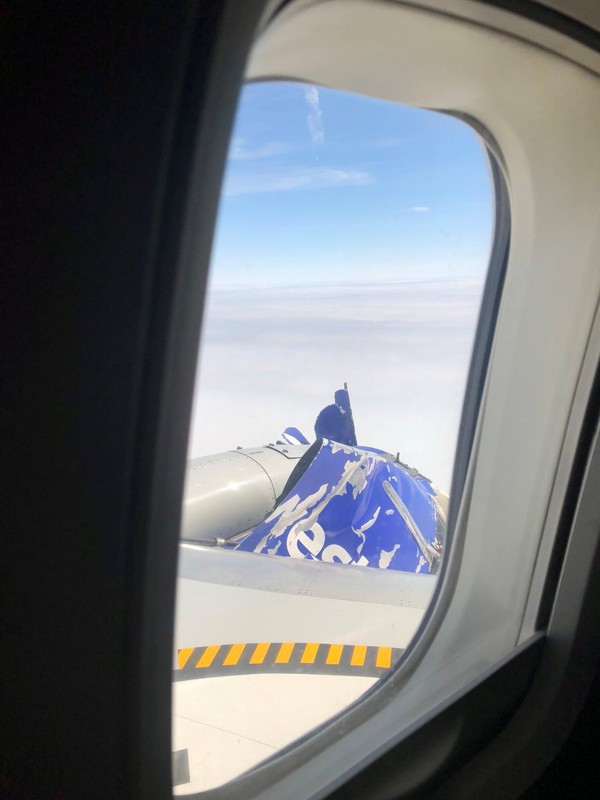
Out of about 14,000 CFM56-7B engines in operation around the world, 681 will be subject to the inspections within 20 days, the company said. More than 150 of those have already been checked, it said.
Inspections can be conducted without having to dismantle an engine and it takes about four hours per engine. CFM recommends that airlines use an ultrasound device, which can detect small cracks beneath the surface.
Southwest, American Airlines, Delta and Alaska Airlines all began inspections of 737 engine fan blades last year after the 2016 Southwest incident, even though a proposed FAA requirement had not been finalised, the carriers said.
Additional reporting by Agence France-Presse

